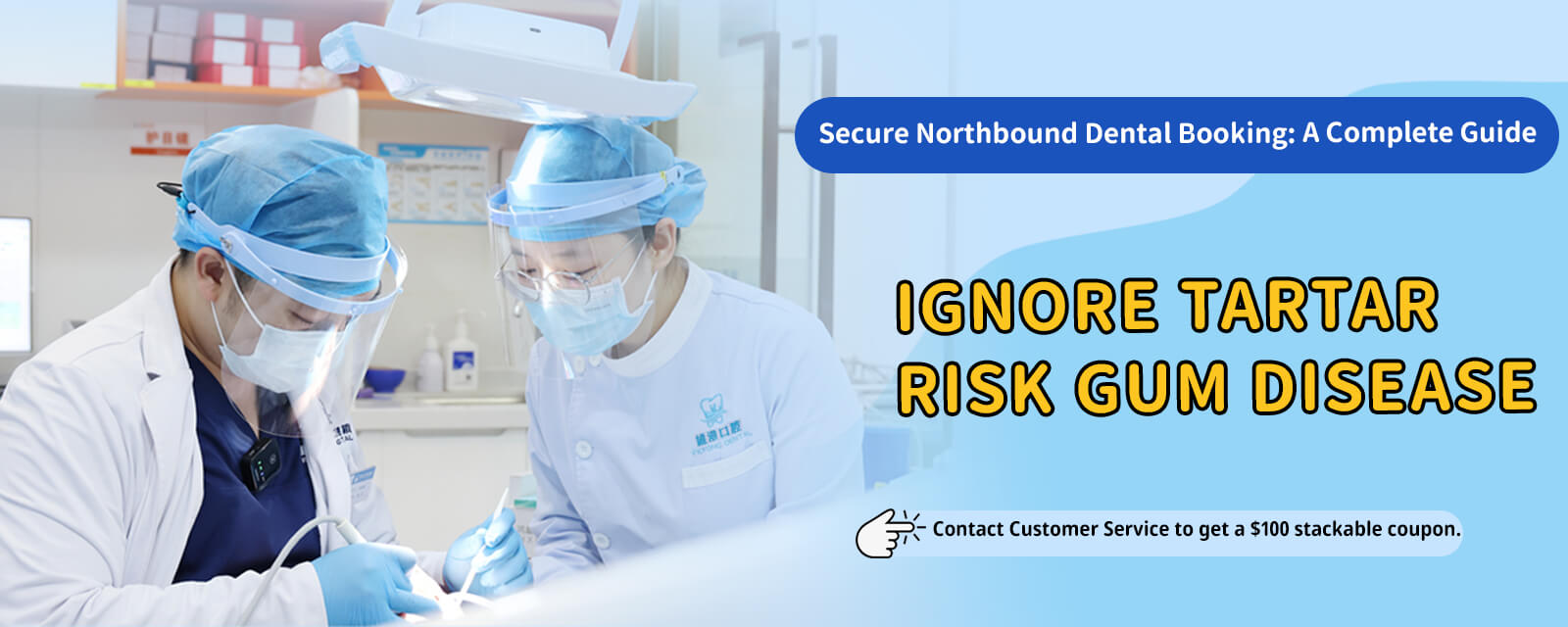**Why Do Clinics Suggest a Panoramic X-Ray Before Dental Implants in Mainland China?**
In recent years, an increasing number of Hongkongers are heading to mainland China for dental treatments, including dental implants. Besides the convenience of travel and a wider range of options, people are eager to find the treatment plans that best suit their needs. However, upon visiting dental clinics in China for the first time, patients are often recommended to get a panoramic X-ray as an initial step. Some might wonder if its really necessary to get an X-ray so quickly or why they cant proceed directly with the implant procedure.
First, lets understand what a panoramic X-ray is. This is a professional dental X-ray that provides a comprehensive image of the upper and lower jaws, teeth, jawbone, and surrounding structures in one go. With the naked eye, we can only see the surface of the teeth, but details like the base of the teeth, jawbone density, and the location of surrounding nerves and blood vessels are revealed through X-rays. Its crucial for the dentist to fully grasp your oral condition to safely and effectively plan the implant strategy.
There are several key reasons for getting a panoramic X-ray before heading to mainland China for implants. First and foremost is risk prevention. Dental implants arent just "screwing in" artificial roots; they involve embedding implants into the jawbone. If the bone is too thin or lacks density, the implants may not be stable or might even fail. Moreover, nerves and blood vessels reside beneath the jawbone; not knowing their exact location could risk nerve damage during the procedure, leading to prolonged numbness or pain. Panoramic X-rays help precisely locate these areas, aiding dentists in avoiding sensitive zones.
Secondly, panoramic X-rays help detect hidden issues such as periodontal disease, root infections, or bone loss, which may not be visible to the naked eye. Should these conditions be identified, the dentist will likely recommend treating them first to ensure a safer and more long-lasting implant process.
Thirdly, a panoramic X-ray facilitates the design of the treatment plan. Oral structures

and missing teeth count vary among individuals—some may only need a single tooth implant, while others might require multiple or even full-mouth implants. The information provided by the X-ray enables the dentist to create accurate jaw models, design the length, angle, and number of artificial roots, ensuring they align naturally with the original bite. This aspect is crucial for comfort and for supporting food intake.
Beyond the technicalities, a panoramic X-ray also aids in communication. Many Hongkongers worry about miscommunication or misunderstanding the treatment details due to language barriers while seeking dental care in China. With a clear panoramic X-ray, the dentist can directly point out features like bone thickness, surrounding tooth health, and jawline contours, making it easier for patients to understand their condition and reducing potential misunderstandings.
Some might ask, is it necessary to get the X-ray in a mainland clinic? Not necessarily—you can have it done in Hong Kong before presenting it to the mainland dentist. However, some clinics might request their own X-ray due to differences in imaging format, clarity, and standards. Additionally, having an immediate X-ray allows for instant analysis and saves travel time.
Of course, X-rays involve mild radiation, but the dose from dental panoramics is extremely low, posing minimal risk. Safety measures like lead vests are used, making a single X-ray incident essentially safe for most adults, except pregnant individuals.
In summary, getting a panoramic X-ray before dental implants in mainland China isnt just an unnecessary formality; its a critical step to ensure a safe, precise, and effective treatment and long-term results. With a thorough examination, both you and your dentist can proceed confidently, minimizing the risk of complications or needing adjustments. So next time youre considering an implant in Shenzhen, Dongguan, or other Chinese cities, remember this step is for the benefit of both your dental health and overall well-being. Dont shy away from doing this extra step—it equips you with the knowledge needed to choose the best possible treatment plan for yourself.

























